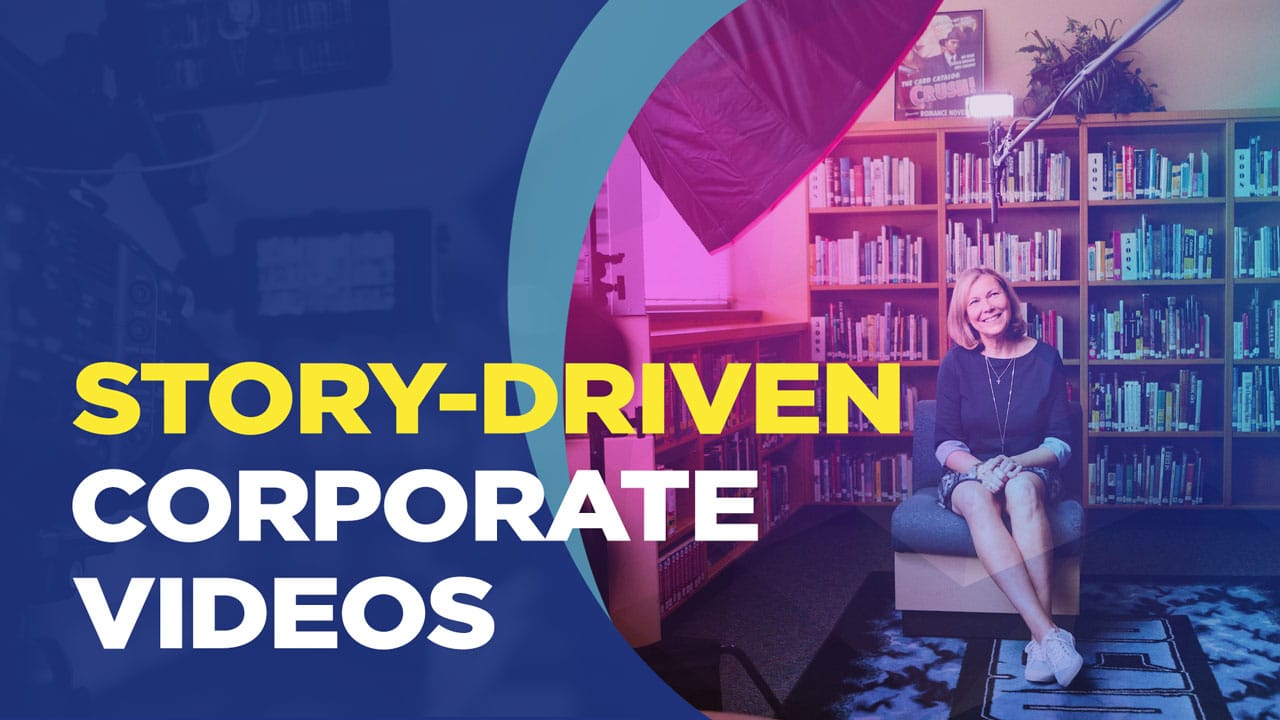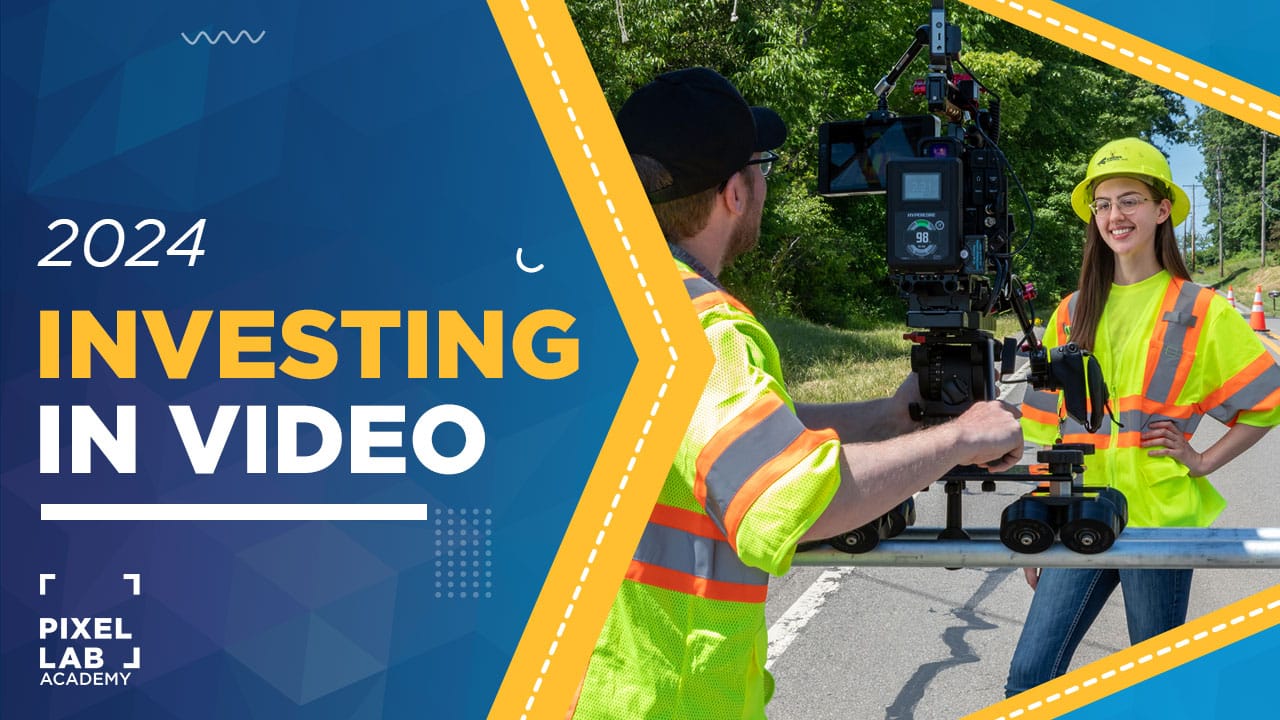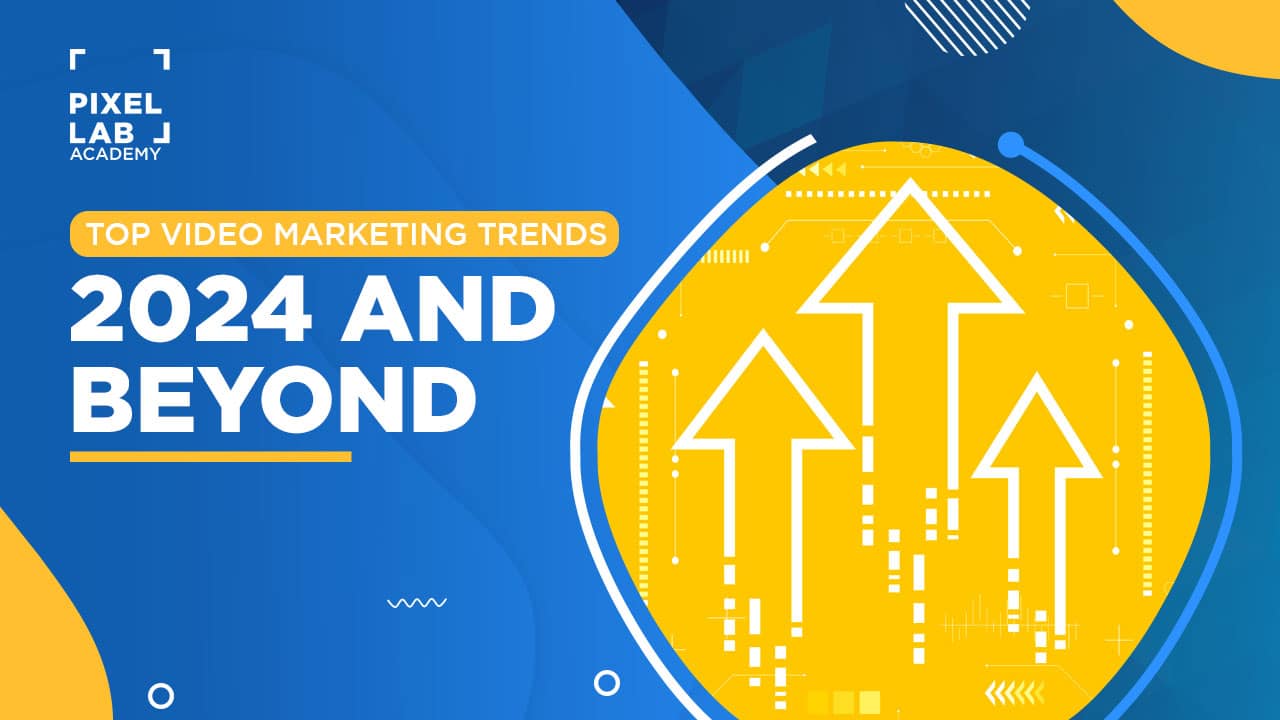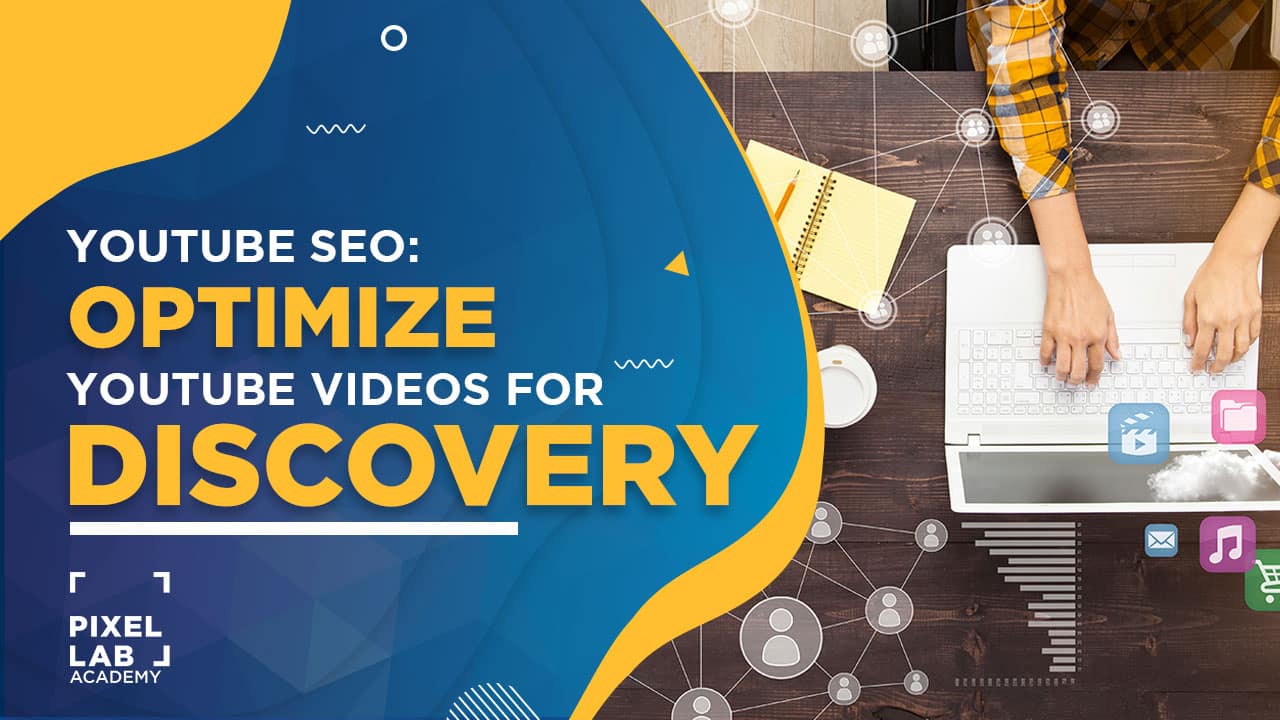Corporate videos aren’t just about showcasing your product or service. They should also be about telling your brand’s story to create an emotional connection with your audience. Storytelling and emotion are powerful tools that can help boost engagement and build lasting trust with your audience by communicating your brand’s values, vision and personality.
But how do you use video storytelling effectively to produce scroll-stopping corporate video marketing content? Here are some tips to help you craft compelling story-driven corporate video content that resonates and converts prospects into loyal customers.
How Storytelling Helps Create Powerful Corporate Videos
Throughout history, humans have used the art of storytelling to entertain and teach. Today, we’ve learned that story elements like character, setting and narrative help our brains connect emotion to information, which is how we learn and understand best. From an early age, our brains are trained to tune in to stories and pay attention to them. You can use this basic human instinct to help connect and inspire your consumers, drive engagement and build trust and loyalty.
Storytelling is the art of creating a narrative that captures the attention and interest of your viewers. Emotion is the feeling you evoke in your viewers through your choice of words, images, music and tone. Together, they can make your marketing videos more engaging and memorable.
The power of storytelling can also help you differentiate your brand from your competitors. By telling your brand’s unique story and expressing your values, you can create a stronger emotional bond with your audience and inspire them to take action.
Key Takeaway
How to Use Visual Storytelling in Corporate Video Production
To use storytelling and emotion effectively in your corporate video, you must consider four key elements: people, pursuit, conflict and result. These elements help you structure your video and create a narrative arc that captures the attention and interest of your viewers.
- People: People are the heart of any good story. They make us care about what happens and why it matters. No matter what type of corporate video you create, you should feature real people who represent your target audience, employees, or customers. Show their faces, their emotions and their personalities. Let them speak in their own words and share their own stories.
- Pursuit: Pursuit is the driving force of any story. It’s what motivates the characters to take action and overcome obstacles. In your video project, you should show what your people are pursuing and why it’s important to them. What are their goals? What are their dreams? How does your brand help them achieve those things?
- Conflict: Conflict is the spice of any engaging story. It’s what creates drama, suspense and interest. Without conflict, there is no story. In your story-driven video, you should show how your people face and overcome conflict in pursuing their goals. How do they deal with problems? How do they cope with setbacks? How does your brand support them along the way?
- Result: Result is the payoff of any story. It shows how the characters have changed or grown due to their pursuit and conflict. In your video, you should show how your people achieve their goals and what that means for them. How do they feel? What do they learn? How does your brand make a difference in their lives?
Key Takeaway
How To Create Corporate Storytelling Videos
When creating marketing videos, it’s important to keep your message clear and simple. Don’t add unnecessary elements that might confuse the viewer. To truly engage your audience, you must understand what resonates with them emotionally. Use this to anchor your story and create a deeper connection. Consistency is also key; every image, sound, or frame should align with your story’s theme. Editing is another powerful tool that can help you establish pacing and bring your story to life. Additionally, paying attention to sound design and choosing the right music can significantly affect the mood and atmosphere of your video. And finally, a well-written video script can tie everything together and ensure your message is communicated effectively. By using these storytelling techniques, you can create marketing videos that inspire and captivate your audience.
Corporate Video Storytelling Examples
Here are some examples of video storytelling and how you can use these elements in different types of corporate videos:
Testimonial Video
A testimonial video is where a customer shares their positive experience with your product or service. You can use storytelling and emotion to make it more convincing and relatable by showing who the customer is (people), what problem they had (pursuit), how they struggled to achieve their desired goal (conflict) and how your solution improved their situation (result).
For example, a testimonial video for an online learning platform could feature a student (people) who wanted to learn a new skill (pursuit) but struggled with finding time and motivation (conflict). The student could explain how they discovered the platform and how it helped them learn at their own pace and achieve their goal (result).
Brand Story Video
A brand story is a video where you tell the story of your brand’s mission, vision, values, or culture. You can use storytelling and emotion to make it more inspiring and authentic by showing who founded your brand (people), what problem they wanted to solve (pursuit), how they faced challenges or risks along the way (conflict) and how they achieved success (result).
For example, a brand story video for a non-profit organization could feature its founder (people) who saw an injustice in the world (pursuit) but faced resistance from skeptics or competitors (conflict). The founder could explain how the non-profit has led to a positive change (result).
Case Study Video
A case study video is a video where you showcase a specific project or campaign that demonstrates your expertise or value proposition. You can use storytelling and emotion to make it more informative and persuasive by showing who was involved in the project or campaign (people), what goal they had (pursuit), how they had difficulty reaching their goal (conflict) and what outcome they achieved after finding your solution (result).
For example, a case study video for a marketing agency could feature one of its clients (people) who wanted to increase sales or awareness (pursuit) but faced competition or limitations (conflict). The client could explain how the marketing agency was able to deliver results through creative ideas or tactics (result).
Corporate videos don’t have to be boring, bland and forgettable. They can be engaging, compelling and memorable if you use storytelling and emotion to connect with your viewers. By using these four elements of storytelling – people, pursuit, conflict and result – you can create story-driven marketing videos that tell a story about your brand and create an emotional response that motivates your audience to take action.









Leave a Comment